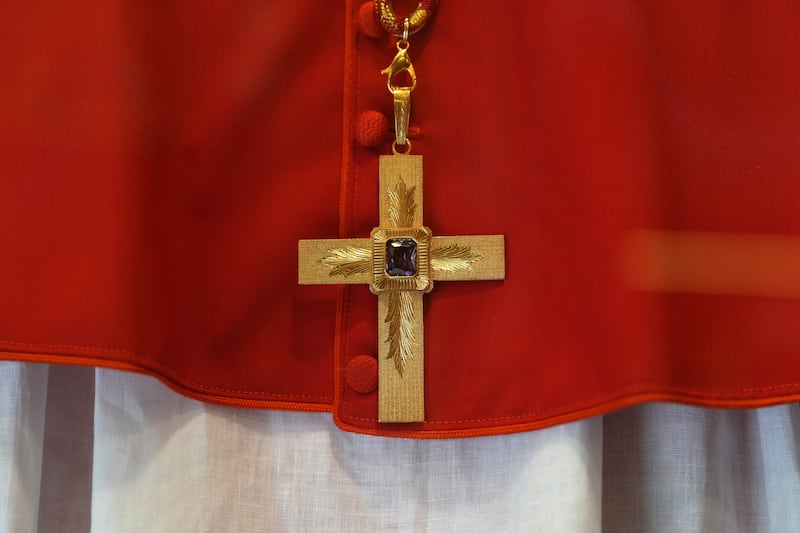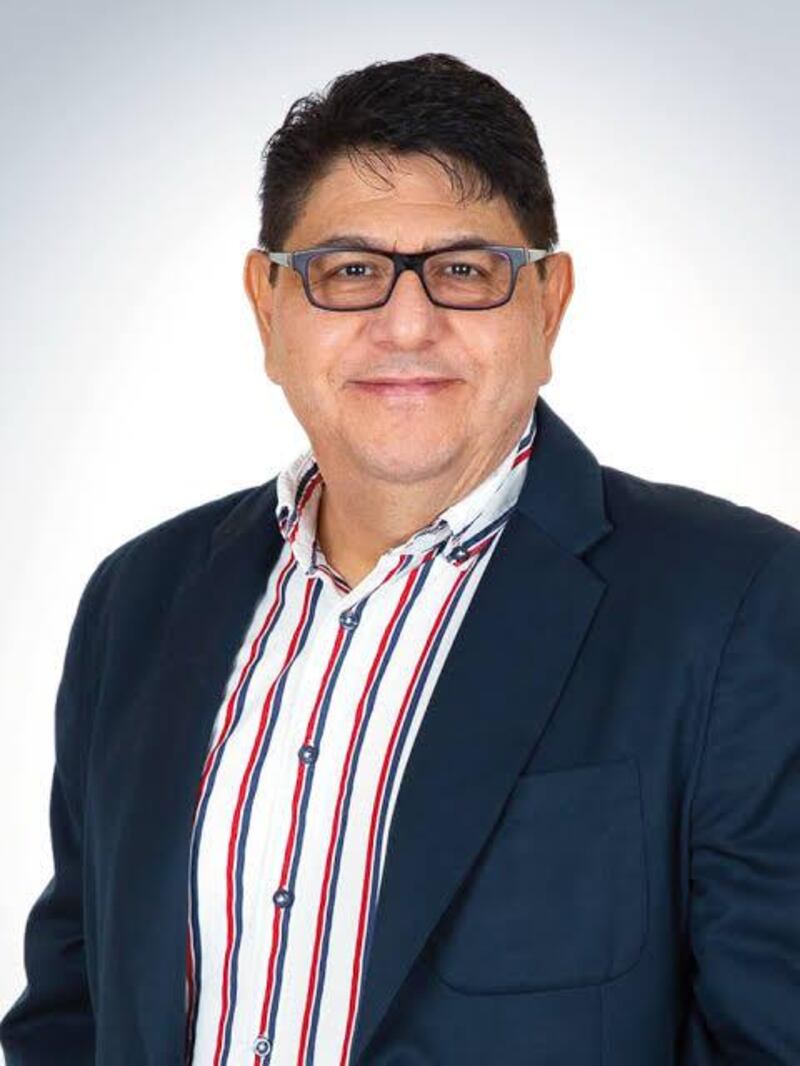The conclave to elect the next pope has begun

The office of pope is almost two millennia old, when the apostle Saint Peter , right-hand man of Jesus Christ, became the first pope in history starting in 33 AD.
Following the death or resignation of the Pope, all cardinals are summoned to Rome, where only cardinals under the age of 80 have the right to vote to select the next representative of the Catholic Church.
Once the conclave begins, this Wednesday, the cardinals cast a maximum of four votes per day. To do so, they are given ballots printed with the phrase "Eligo in Summum Pontificem," which means "I elect as Supreme Pontiff," and they must write the name of the person they choose.
Nine of the cardinals are randomly chosen for various tasks: three as tellers; three as infirmarii, whose job is to take the ballot box to the apartments of sick cardinals, if any, to facilitate their voting; and another three as reviewers, to ensure that the process is carried out with complete clarity.
To be elected pope, a candidate must obtain two-thirds plus one of the total votes, but if after thirty ballots no one has obtained this result, then the candidate would only need to obtain an absolute majority.
Since the 1914 conclave , a chimney has been temporarily installed in the Sistine Chapel, where the ballots are burned after each vote. If the smoke emerging from the chimney after the vote is black, it means no candidate has been elected, but if the smoke emerging from the chimney is white, it means a new pontiff has been elected, in what is known as fumata bianca.

THE KEYS
• The conclave to elect Pope Francis's successor began this Wednesday in the Sistine Chapel, with 133 cardinal electors.
• Pope Francis appointed 108 of the cardinal electors who make up the conclave.
• To be elected pontiff, a candidate needs two-thirds of the votes. Up to four votes will be held daily until a consensus is reached.
CURIOSITIES
Five interesting facts about past conclaves.
Shortest: Before 1274, there were times when a new pope was elected on the same day as his predecessor's death. Since then, the Church has decided to wait at least 10 days before the first ballot. The fastest conclave under the 10-day rule was the election of Julius II in 1503, which was decided in a few hours. Pope Francis was elected in 2013 on the fifth ballot, Benedict XVI won in 2005 on the fourth, and Pius XII won on the third in 1939.
The longest: In the 13th century, the cardinals took 1,006 days (between November 1268 and September 1271) to elect a pope, the successor to Pope Clement IV. It was the longest conclave in history. It also gives rise to the term "conclave," or "under lock and key," since the cardinals meeting in Viterbo, north of Rome, took so long that the citizens locked them in to speed up the process.
The first in the Sistine Chapel: The first conclave held beneath Michelangelo's frescoes decorating the ceiling of the Sistine Chapel was in 1492. Since 1878, the building has been the setting for all conclaves.
The youngest pope and the oldest pope: Pope John XII was only 18 years old when he was elected in 955. The oldest were Celestine III, elected in 1191, and Celestine V, in 1294, at almost 85 years old.
A non-cardinal pope: It's not necessary for the pope to be a cardinal, but that has been the case for centuries. The last one elected without this rank was Urban VI in 1378, who was a monk and archbishop of Bari.

To delve deeper into the conclave and Pope Francis's possible successor, we spoke with Felipe Gaytán Alcalá, professor and researcher at La Salle University and an expert in the sociology of religion.
1. How historic is it to witness a conclave, and how historic is the conclave that is about to begin?
Witnessing a conclave is historic because it represents a shift in spiritual authority not only for Catholics, but also for a mediating leader of the world. The papal figure is recognized even by those who are not Catholic.
This conclave is also historic because , for the first time, the cardinal electors come from 70 countries , many of whom are strangers to each other. It is the most culturally and ethnically diverse conclave in the history of the papacy.
2. Many mysteries and secrets surround the conclaves, and a process for electing the pope doesn't seem very democratic. What do you think about this?
–The Church is a vertical institution of obedience, so in democracy it is not understood as it is in political regimes. For them, democracy means allowing lay people to participate in social activities and understanding the modern world. However, within the clergy, there will be no substantial changes.
The election of the pope is not a matter of majorities. On the contrary, they maintain that it is a divine plan that gives the pastors the power to choose their representative.
3. What attributes should the next pope have, and who do you consider to be the strongest candidates?
–I believe the next pope will have to be another pope from an emerging country, and a pope who knows and can navigate a changing world. The selection of the next pontiff will be complicated, as there are internal disputes within the Catholic Church about how much it can and should truly change. I believe he should be a pope more open to the world, and have a more conciliatory tone and approach.
The struggles within the conclave are visible between those who want to maintain the Church's authority in orthodoxy and those who seek to be more sensitive to their parishioners. The days leading up to the start of the conclave have been a time of lobbying by both sides. From my perspective, the three strongest candidates are Luis Antonio Tagle of the Philippines, Matteo Zuppi of Italy, and, surprisingly, Raymond Burke of the United States.
publimetro





